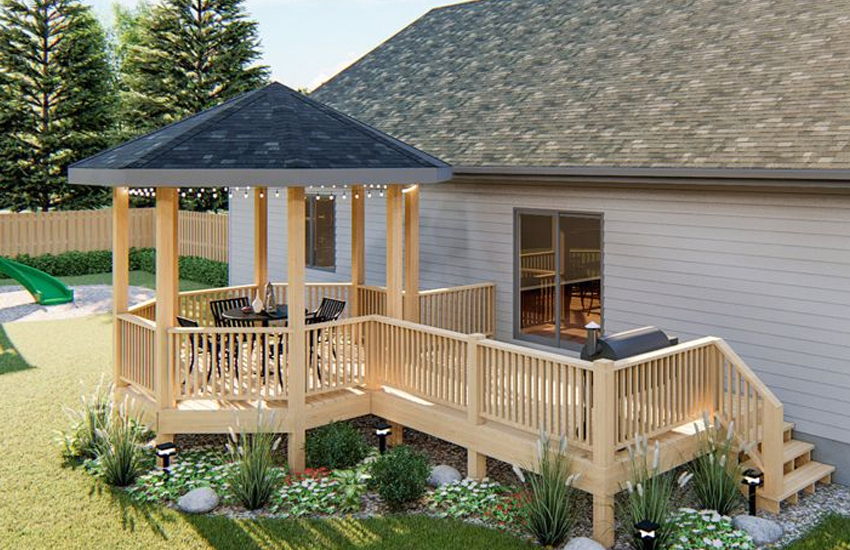Out Door Garden Structures
Lets Make Your Dream Deck A Reality
Experienced Builders
Structures
Custom wood and vinyl gazebos, Pergolas & Porches are available in a variety of styles and sizes. Add this classic structure to your backyard today.

Gazebo
We specialize in turning this vision into a reality. Our custom pergolas are meticulously crafted to complement your home

3 & 4 Season Porches
We can build your custom screened enclosure with skylights, storm doors, even removable panels

